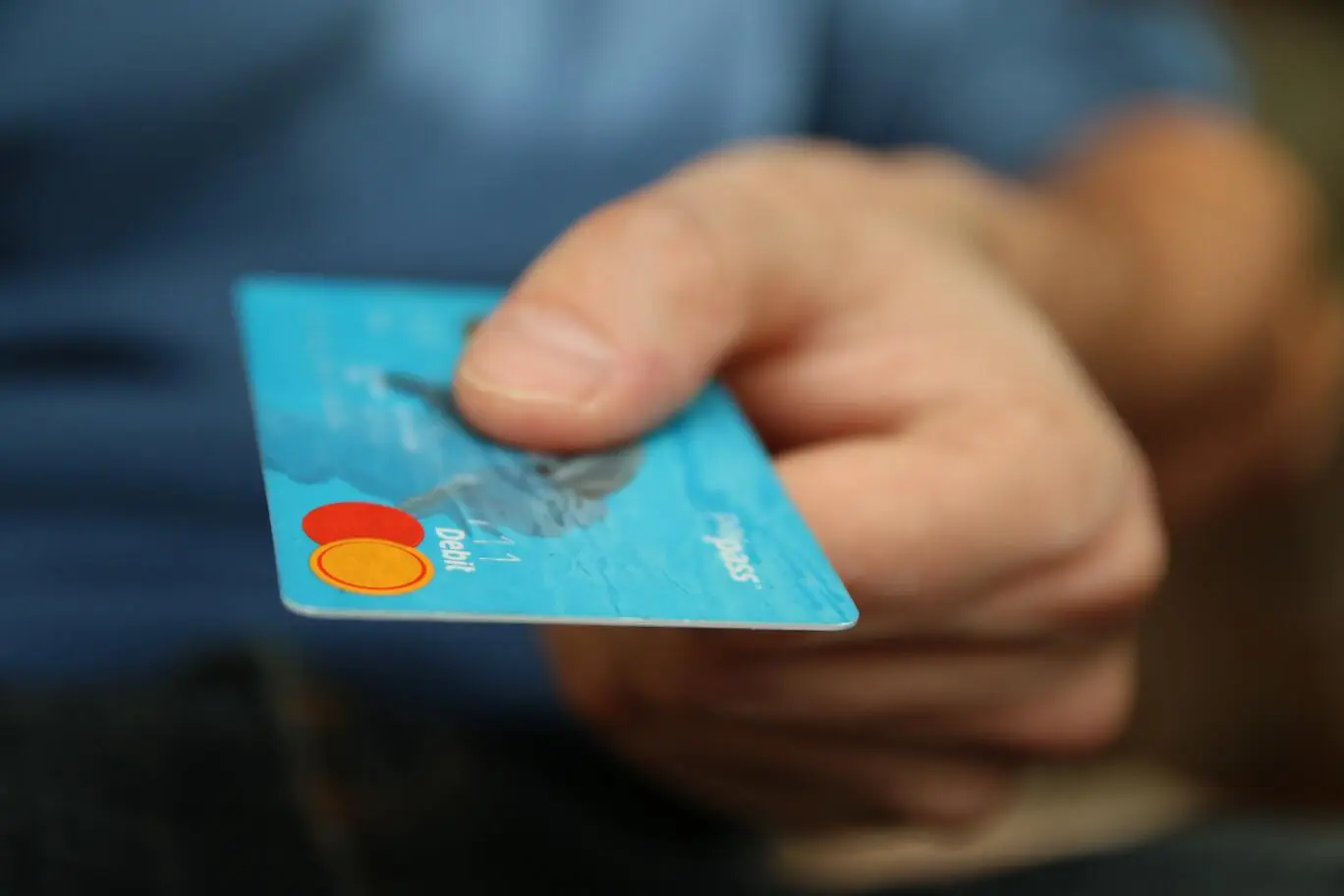7 Physical Security Identity Theft Prevention Tips
Some articles may contain affiliate links. Please see our affiliate disclosure for more details.

It's easy to overlook the importance of physical security in protecting your identity and sensitive information. There are simple habits like shredding documents, using secure mailboxes, and shielding keypads can make a big difference in preventing identity theft. Failing to follow basic physical security measures creates opportunities for criminals to steal your personal information and commit fraud.
Shredding discarded documents prevents "dumpster divers" from reconstructing account numbers, SSNs, or other details from your trash that could allow them to impersonate you. Leaving unshredded sensitive mail or documents in unlocked mailboxes or visible through home windows enables theft. Exposing PIN entry by not shielding keypads gives criminals access to accounts.
Likewise, keeping irreplaceable documents securely stored rather than in your wallet or glove compartment protects against serious hassle if they are lost or stolen. Protecting your physical security makes it much harder for identity thieves to steal your tangible personal information and commit fraud. Simple diligence goes a long way.
Incorporating strong physical security habits into your daily life removes the low hanging fruit identity thieves look for. Don't let small gaps undo all your other precautions.
1. Shred Documents
Shredding documents before discarding them is an important practice for preventing identity theft for a few key reasons:
- It prevents "dumpster diving" - Identity thieves will go through people's trash to look for documents containing sensitive personal information that could allow them to commit fraud. This includes things like credit card offers, bank statements, medical bills, or anything with account numbers, birthdates, addresses, etc. Shredding ensures no usable details can be harvested from your trash.
- It destroys entire account numbers - For identity thieves, partially destroyed documents aren't useless. They are experts at reconstructing key details from fragments. But a cross-cut shredder cuts paper into tiny confetti-like pieces that cannot be reconstructed. This renders account numbers fully unusable.
- It eliminates paper trails - Any document containing identifying details about you is an asset for identity thieves if obtained. Shredding destroys paper trails and evidence of sensitive information rather than just tossing intact documents.
The attack vector is the theft of physical documents from your trash. This could be done by anyone with access to your trash cans on collection day, or by burglarizing your office or home and stealing documents directly. Shredding neutralizes this physical document theft vector by destroying the sensitive information. It's low-effort prevention that eliminates a prime source of potential identity theft.
2. Secure sensitive documents
Securing important documents is a critical identity theft prevention practice for a few reasons:
- It protects irreplaceable identifying documents - Things like passports, birth certificates, social security cards, and titles for homes/cars/other assets that prove your identity and ownership. If stolen, they enable major financial and identity fraud. Securing them protects against theft.
- It prevents access to financial documents - Bank statements, tax returns, credit card bills, etc. contain a wealth of account numbers, balances, and other info criminals use to steal funds or open fraudulent accounts. Locking these away prevents access.
- It limits available personal information - The more of your personal data a thief can collect (full name, date of birth, address, account numbers, etc.), the easier it is for them to impersonate you. Securing documents limits the amount of info accessible.
The attack vectors are:
- Theft from your home, car, or office - Criminals look for opportunities to steal purses, wallets, mail, and documents containing identity information. Locking documents away removes this vulnerable data from plain sight.
- Unauthorized access - Documents left accessible to others like roommates, visitors, or office staff are also vulnerable. Locking them up limits access to trusted individuals only.
- Trash diving - As mentioned, thieves search trash for discarded financial documents and statements. Storing documents securely then shredding them prevents this.
For most people, "securing documents" means:
- Purchasing a safe, lockbox, or using a bank safe deposit box to store essential original documents and records at home.
- Locking away any files, statements, or paperwork containing sensitive personal or financial details when not in active use.
- Keeping tax returns, pay stubs, and records needed for reference in a lockable filing cabinet rather than out on a desk or in an unlocked drawer.
Taking inventory of what documents contain vital identity information and properly securing them makes identity theft significantly more difficult.
3. Use locked mailbox
Using a locked mailbox is an important identity theft prevention habit because:
- It prevents theft of mail containing sensitive information - Identity thieves look for opportunities to steal incoming mail containing bank statements, tax documents, credit card offers, and anything else with personal account details and information. A locked mailbox thwarts this.
- It stops potential change of address fraud - Criminals will sometimes change your mailing address to redirect your mail and steal identities. A locked mailbox requires a key, making this type of theft and fraud harder to perpetrate.
- It limits visibility - An overflowing unlocked mailbox signals potential sensitive documents inside for thieves to target. A locked mailbox keeps the contents out of sight.
- It enables prompt mail retrieval - Leaving mail sitting for extended periods in an unlocked box allows more opportunity for theft. A locked box allows prompt collection only by those with a key.
The attack vectors are:
- Mail theft - Criminals will steal incoming mail from unlocked boxes, especially targeting envelopes they can identify as containing financial statements, payment checks, or account info.
- Change of address fraud - Identity thieves will redirect your mail to gain access to sensitive personal information. A lockbox requires the key, making this harder.
- Opportunistic theft - Burglars or vandals may happen upon unlocked boxes and impulsively take any mail, later mining it for identity theft.
The simple deterrent of a mailbox lock significantly improves the security of your sensitive physical mail. It's an easy way to eliminate the low-hanging fruit identity thieves count on finding.
4. Don't leave mail in your mailbox
Leaving mail in your mailbox for extended periods is risky because:
- It provides more opportunity for thieves to steal your mail. The longer envelopes with personally identifiable information sit in the box, the more likely they could be maliciously taken.
- It signals no one is home. An overflowing mailbox is a clue for burglars that the house is unoccupied, inviting more criminal activity beyond just mail theft.
- It delays noticing missing mail. By not collecting mail frequently, you may not realize something has been stolen until much later, making it harder to contain the damage.
The main attack vector is mail theft from the insecure mailbox. Identity thieves drive neighborhoods looking for mail piling up. It's easier for them to take it unnoticed if the volume has built up over days.
When going on vacation, the best practices are:
- Put a mail hold on your deliveries with USPS. This holds mail at your local post office until you return and pick it up.
- Use a locking mailbox. A lock deters thieves even when mail accumulates during your absence.
- Have a trusted neighbor or friend collect your mail while away. They can monitor for anything suspicious.
- Configure paperless billing and accounts as much as possible. Less physical mail means less vulnerability.
Securing mailboxes and diligently collecting mail protects your incoming information from theft. Take precautions like mail holds or e-delivery when expecting to be away for extended periods. Emptying your mailbox routinely is a simple habit that safeguards your identity and accounts.
5. Cover keypads
Covering the keypad on an ATM can prevent "shoulder surfers" from observing your PIN or password entry and stealing it. Thieves nearby might be visually spying on your keypad entries. You can use your hand or your body to cover the keypad during entry to block the view.
6. Watch for ATM skimmers
Skimming devices can be attached to ATMs so that debit/credit card details can be stolen. The thieves then use them to drain accounts or make fraudulent purchases. Malicious devices can be attached to ATM card slots or keypads that record card numbers and PINs so carefully inspect ATMs before use, wiggling parts to detect tampering. Avoid machines that look odd or altered.
Generally, I prefer to avoid ATMs at all costs but there are times you need to use them, so be vigilant.
7. Don't leave receipts behind
Receipts often contain full debit/credit card numbers that thieves can use to make fraudulent purchases. They can get access to your receipts which may include sensitive information they can use to impersonate you on the phone to the customer service line of the credit card by stealing receipts left behind in stores, ATMs, gas stations, etc.
You can carry a receipt shredder if possible or collect receipts so you can shred them back at home when you return.
Being vigilant about shielding keypad entries, inspecting ATMs before use, and destroying receipts with account numbers makes the theft vectors much more difficult for fraudsters to exploit.
